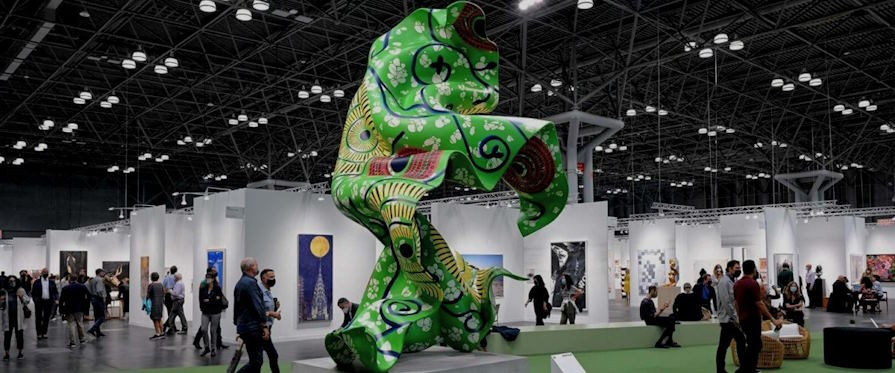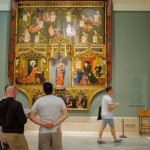In the early 20th century, the art world was on the brink of a revolution. Traditional artistic conventions were being challenged, and a new wave of avant-garde artists sought to break free from the shackles of conventional aesthetics. In this context, The Armory Show emerged as a landmark event that would forever change the course of art history.
The Birth of The Armory Show
The Armory Show, officially known as the International Exhibition of Modern Art, was held in New York City in 1913. Organized by a group of American artists and art patrons, it aimed to introduce American audiences to modern European art’s radical and transformative ideas. The exhibition took place at the 69th Regiment Armory, thus giving rise to its popular name.
Controversy and Impact: Unleashing Modern Art on American Soil
The Armory Show caused a seismic shift in the art world, eliciting both awe and outrage from the American public. The exhibition presented various artistic styles, including Fauvism, Cubism, and Futurism, challenging traditional notions of representation and aesthetics. Many viewers were taken aback by the abstract forms, vibrant colors, and fragmented perspectives depicted in the artworks. The Armory Show became a battleground for debates about the nature of art and its role in society.

Notable Artists and Artworks
The exhibition featured works by renowned European and American artists, including Pablo Picasso, Marcel Duchamp, Henri Matisse, Wassily Kandinsky, and many others. Picasso’s “Les Demoiselles d’Avignon” and Duchamp’s “Nude Descending a Staircase, No. 2” were among the most controversial and iconic pieces displayed. These artworks challenged conventional representations of the human form, pushing the boundaries of artistic expression.
Legacy and Lasting Influence
The Armory Show left an indelible mark on the art world, transforming the perception and reception of modern art in America. It paved the way for the acceptance and appreciation of avant-garde movements, influencing subsequent generations of artists and art institutions. The exhibition sparked a wave of experimentation, innovation, and artistic freedom that continues to resonate in contemporary art.
Interesting Facts About The Armory Show
- The exhibition attracted over 87,000 visitors during its run, which was remarkable for the time.
- The Armory Show showcased approximately 1,300 artworks from both European and American artists.
- The entrance fee was just one dollar, allowing many audiences to experience modern art firsthand.
- The exhibition caused a sensation in the media, with critics labeling the artworks as “degenerate” and “anarchistic.”
- The Armory Show traveled to Chicago and Boston after its New York run, spreading its influence across the United States.
In conclusion, The Armory Show is pivotal in art history, introducing American audiences to modern European art’s revolutionary ideas and techniques. It challenged traditional artistic norms, sparked controversy, and ultimately paved the way for the acceptance and appreciation of avant-garde movements. The exhibition’s impact continues reverberating, reminding us of the power of art to provoke thought, ignite conversations, and push the boundaries of creative expression.





























